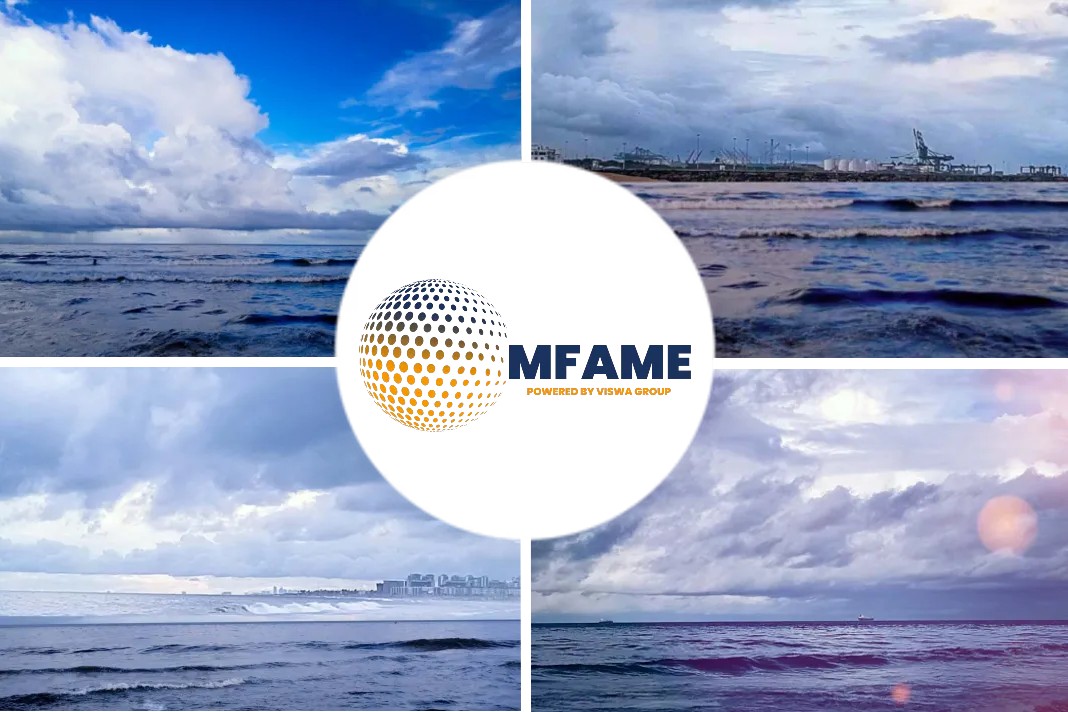
‘Bulker Safety’ is a subject that has often been debated, and deliberated at the highest levels due to the inherent safety issues present which need to be addressed in order to maintain the supply chain and globalization of trade, reports Dry Cargo International.
The inherent issues can be grouped under various headings: e.g., structural, stability, cargo operations, navigation, fire safety, and human factors.
For the purpose of this article, Shi. E.L.D. Services, in its capacity as market experts in consultancy and technical management of assets in the transshipment segment, will address the human factor role in the safety of shipping in general and bulkers in particular.
Health, safety & Environment (HSE)
HSE is fundamental and necessary for an organization such as Shi.E.L.D. Services to be able to perform its job accurately. The management of vessels and operations at sea cannot be conceived without starting from the safety aspects.
Following this, Shi.E.L.D. Services’ experience helps it to meet and maintain high standards, i.e. to quickly recognize potential hazards, analyse them without delay and implement all necessary measures as soon as possible. In this sense, the involvement of the Owner and the crew is essential. Shi.E.L.D. Services’ work on HSE is not limited to identifying risks and finding measures and remedies, but importantly includes the correct and effective familiarization of onboard and ground personnel.
Shi.E.L.D. Services strongly believes in safety education as the most effective tool that every seafarer should be able to apply independently. A risk assessment is mandatory to sustain high safety quality, moreover, with the added pressure of production goals and deadlines.
The common reasons behind an unsafe situation on board are:
1. Unsafe actions
2. Unsafe conditions
3. Personal factors
4. Non-personal factors
Shi.E.L.D. Services ensures such factors are noticed, counselled, and resolved for the betterment not only of the seafarers themselves but also for the performance and pace of operations onboard. By advertently conducting regular training and following strict protocols before letting the crew sign on, we have observed a potential calibre among the team. Apart from all the familiarization and protocols, the ambiance onboard should be outstretched such that the crew shall carry out their duties with high concentration and in favour of a successful safety culture.
But the analysis of incident reports and investigations shows that a common cause leading to unsafe conditions is the execution of routine activities. Routine activities, which seafarers repeatedly perform throughout the day, tend to reduce the seafarer’s risk awareness, often with severe consequences.
Routine: A way of work
Statistics have proven that majority of incidents on board occur during routine activities rather than non-routine or critical activities. Complacency is a major contributor. How many times have we heard the statement, “I have been doing this for years and I don’t need to be told how to do it”? This is the start point of a potentially hazardous situation developing. Let us suggest some quick remedies:
Break the routine: Involve crew in rotation of activities suited to their competencies. It should be a random process as even rotation if not carefully monitored, can lead to routine.
Job safety analysis (JSA) for all tasks carried out on board. This will allow the seafarer to evaluate all factors contributing to the activity before it occurs. These ensure that the seafarer evaluates each task in detail from a risk and safety perspective and puts in place corresponding mitigation plans.
Group safety meetings during which routine activities are discussed and analysed between teams belonging to the same departments and cross-departmental teams. These sessions are organized at irregular but sufficiently frequent intervals to get a different and sometimes more effective perspective.
Buddy principle ensures that no single person performs any activity. In this way, the risk perception and assessment, which is subjective, is shared, and this method helps the personnel to make a correct risk evaluation and immediately put in place the necessary measures to mitigate the risks.
Stop work authority gives the power to each and every seafarer to stop work if he/she perceives any unsafe condition and/or behaviour. Supervisor attention is called for and work is not resumed till the unsafe condition is eliminated or mitigated to an acceptable level. This will provide a sense of purpose to each seafarer and allow them to shoulder responsibility. It is widely used in the offshore industry where stringent safety regulations are in place.
Technology to our assistance
We must not overlook the impact of modern technology in our day-to-day operations. The world is changing at a rapid pace and we, the seafaring fraternity, need to adapt to these changes. Let us use the modern technology as a tool to enhance the operational effectiveness and make the systems more robust. As a consultant, operator, and thought leader, Shi.E.L.D. Services uses a variety of modern technology which has significantly improved safety by providing advanced tools and systems that help ships operate safely, avoid accidents, and respond quickly to emergencies.
Path of a leader
As a Technical Manager, along with the owners, Shi.E.L.D. Services supports and guides the crew in their daily activities from a safety perspective. The favourable position of the Manager, who manages several assets in different geographical locations along with a multi-cultural crew, allows for a comprehensive analysis of onboard dynamics so that all adequate measures can be promptly put in place to achieve the highest safety standards and achieve a singular goal to ensure all seafarers return home at the end of their term of duty.
Over the years, Shi. E.L.D. Services have acquired a pole position in managing operations with the highest standards of safety and quality. With innovations booming in the market, the demand for excellent solutions is on the table. Reiterating the appropriate practices has delivered successful transshipment rates of various cargoes with no compromise on remote locations, weather conditions, multinational crews, and challenging projects.
Did you subscribe to our daily Newsletter?
It’s Free! Click here to Subscribe!
Source: Dry Cargo International















